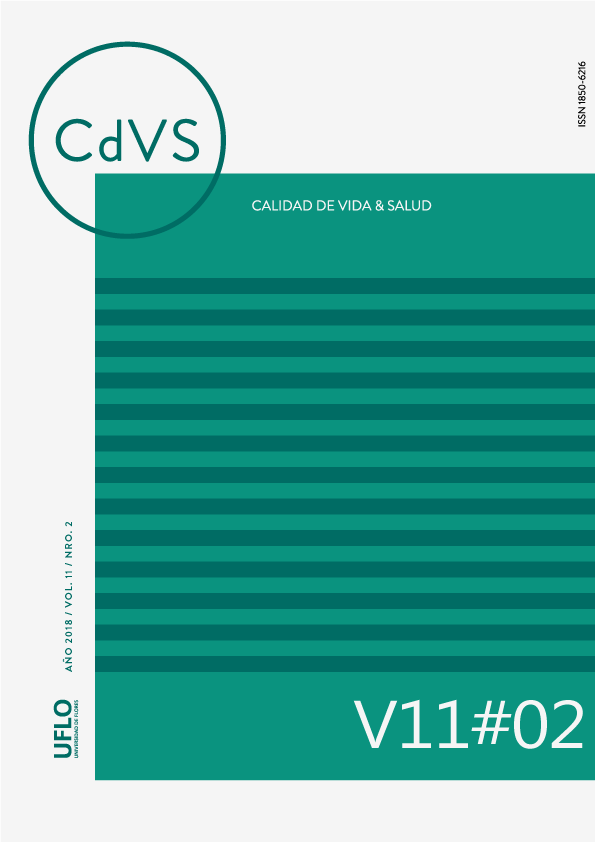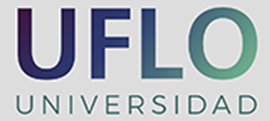Personalidad en mujeres bisexuales
Abstract
La orientación sexual es la atracción sexual y emocional, ya sea hacia personas del mismo sexo (homosexual), del sexo opuesto (heterosexual) o hacia ambos (bisexual). La literatura en psicología de la personalidad muestra que las personas bisexuales presentan mayor apertura a la experiencia que las heterosexuales. El objetivo de este estudio es analizar las diferencias de personalidad entre mujeres bisexuales y heterosexuales. Participaron 166 mujeres españolas, de entre 18 y 28 años (M=21,14, DT=2,62), de las cuales 199 (71,7%) son bisexuales y 47 (28,3%), heterosexuales. Los instrumentos utilizados fueron un cuestionario Ad hoc para evaluar la orientación sexual, y el Cuestionario de los Cinco Grandes: NEO-FFI (Mccrae & Costa, 2004) para medir la personalidad. Se realizaron análisis descriptivos, correlaciones de Pearson y ANOVA para evaluar las diferencias de personalidad en función de la orientación sexual. Los resultados muestran que las mujeres bisexuales obtuvieron puntuaciones mayores en Neuroticismo y en Apertura a la experiencia, y las heterosexuales, en Extraversión, Amabilidad y Responsabilidad. Estos resultados destacan la importancia de estudiar en mayor profundidad la sexualidad femenina y atender a la diversidad en cuanto a la orientación sexual de las mujeres, tanto en investigación como en la práctica clínica.Published
How to Cite
Issue
Section
The authors who publish in this journal accept the following conditions:
1. The authors retain the copyright and assign to the journal the right to first publication, with the work registered under the Creative Commons Attribution license, which allows third parties to use what has been published as long as they mention the authorship of the work and the first publication in this journal.
2. Authors may make other independent and additional contractual agreements for non-exclusive distribution of the version of the article published in this journal (e.g., inclusion in an institutional repository or publication in a book) provided that they clearly indicate that the work was first published in this journal.
3. Authors are permitted and encouraged to publish their work on the Internet (e.g., on institutional or personal pages) before and during the review and publication process, as this may lead to productive exchanges and greater and faster dissemination of published work (see The Effect of Open Access).









